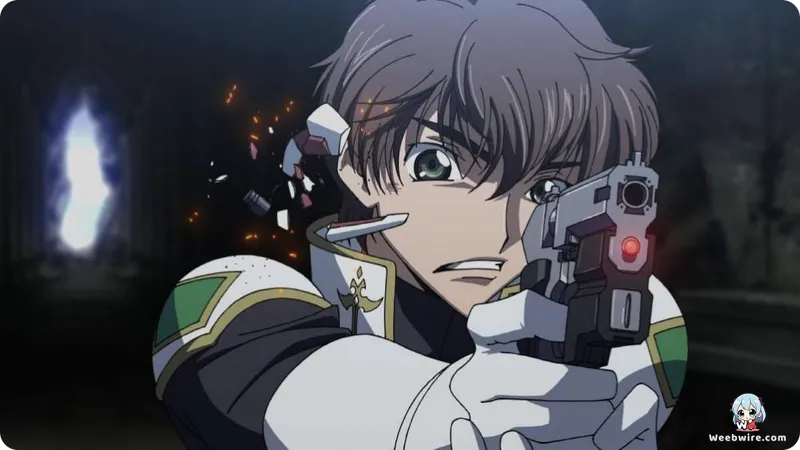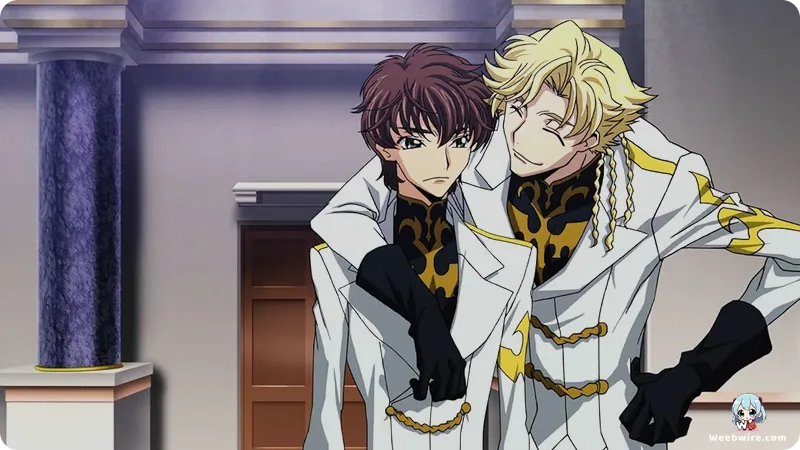Code Geass: Transgression Rewrites Canon—Shirley Fenette's Fate and the Pivotal Alternate Timeline Detailed

Code Geass: Lelouch of the Rebellion II - Transgression is significantly more than a simple commemorative edit. This second chapter of the recap movie trilogy functions as the foundational cornerstone for an entirely new, alternate continuity within the established franchise. For both veteran fans and newcomers, understanding the subtle yet fundamental alterations introduced in this film is essential for grasping the narrative trajectory that leads directly into the sequel, Code Geass: Lelouch of the Re;surrection. These changes are not minor retcons; they represent deliberate shifts that redefine core emotional conflicts and character arcs.
Pivotal Narrative Divergence: Shirley Fenette's Survival
The most shocking and pivotal divergence from the original television series involves the survival of Shirley Fenette. In the canon of the R2 television series, Shirley suffered a devastating and tragic death orchestrated by Rolo Lamperouge. This event profoundly deepened Lelouch's despair and solidified his commitment to dismantling the Geass Directorate. However, the continuity established by the compilation films completely eradicates this painful sacrifice. Shirley lives through the events depicted in R2, fundamentally shifting the personal stakes and emotional burden carried by Lelouch.

This decision was intentionally implemented by the production team to allow for a fresh narrative path, confirming that the movie trilogy exists within a distinct parallel universe. Viewers are therefore encouraged to treat these films not merely as nostalgic viewings, but as active reinterpretations demanding close attention to every altered scene and dialogue exchange.
The Visual Legacy of CLAMP
Beyond narrative changes, the production history of Code Geass offers compelling trivia regarding its visual identity. The instantly recognizable, elongated character designs that defined the mid-2000s anime aesthetic were skillfully crafted by the legendary all-female manga artist collective, CLAMP. Studio Sunrise specifically approached CLAMP to manage the initial character concepts, aiming to create visually arresting and memorable designs that would immediately set the series apart. CLAMP’s characteristic style emphasizing slender silhouettes, dramatic flowing hair, and long limbs imparted a unique elegance to characters like Lelouch, Suzaku, and C.C., complementing the series’ high-stakes political drama and theatrical action. This strategic visual choice was instrumental in broadening the series' demographic appeal.
The Volatile Nature of Geass
Furthermore, the movie reinforces the inherent complexity of the Geass power, often referred to as 'The Power of the King.' While Lelouch’s power of absolute obedience is central, Transgression emphasizes the volatile and destructive nature of Geass, which is intrinsically tied to the user's psyche. Lelouch's eventual inability to deactivate his Geass, resulting in its permanent manifestation in his left eye, underscores how the power, if unmastered, ultimately consumes its wielder. While streamlining the intricate lore surrounding the Geass Order and C.C. compared to the original series, the film effectively focuses the dramatic tension on Lelouch's immediate objectives and mounting sacrifices. This allowed for prioritizing action and immediate dramatic impact over extensive world-building exposition.
Innovation in Knightmare Frame Design
Finally, the technical brilliance of the mecha design deserves mention. The iconic Knightmare Frames, the humanoid war machines, were deliberately engineered to maximize agility through the use of 'Landspinners,' roller-skate-like devices attached to their feet. Director Goro Taniguchi and writer Ichiro Okouchi prioritized creating fast-paced, ground-level combat that felt more like high-speed vehicular chases than traditional, heavy mecha battles. This design focus on speed and vertical maneuvering ensured dynamic fight choreography that remains a hallmark of the franchise, cementing the compilation films, particularly Transgression, as a fascinating study in parallel continuity and technical innovation.
Credits
Code Geass: Lelouch of the Rebellion II - Transgression
Author
Ichiro Okouchi & Goro Taniguchi
Cover Art
CLAMP
Studio
Sunrise
Publisher
Bandai Visual
Producers





